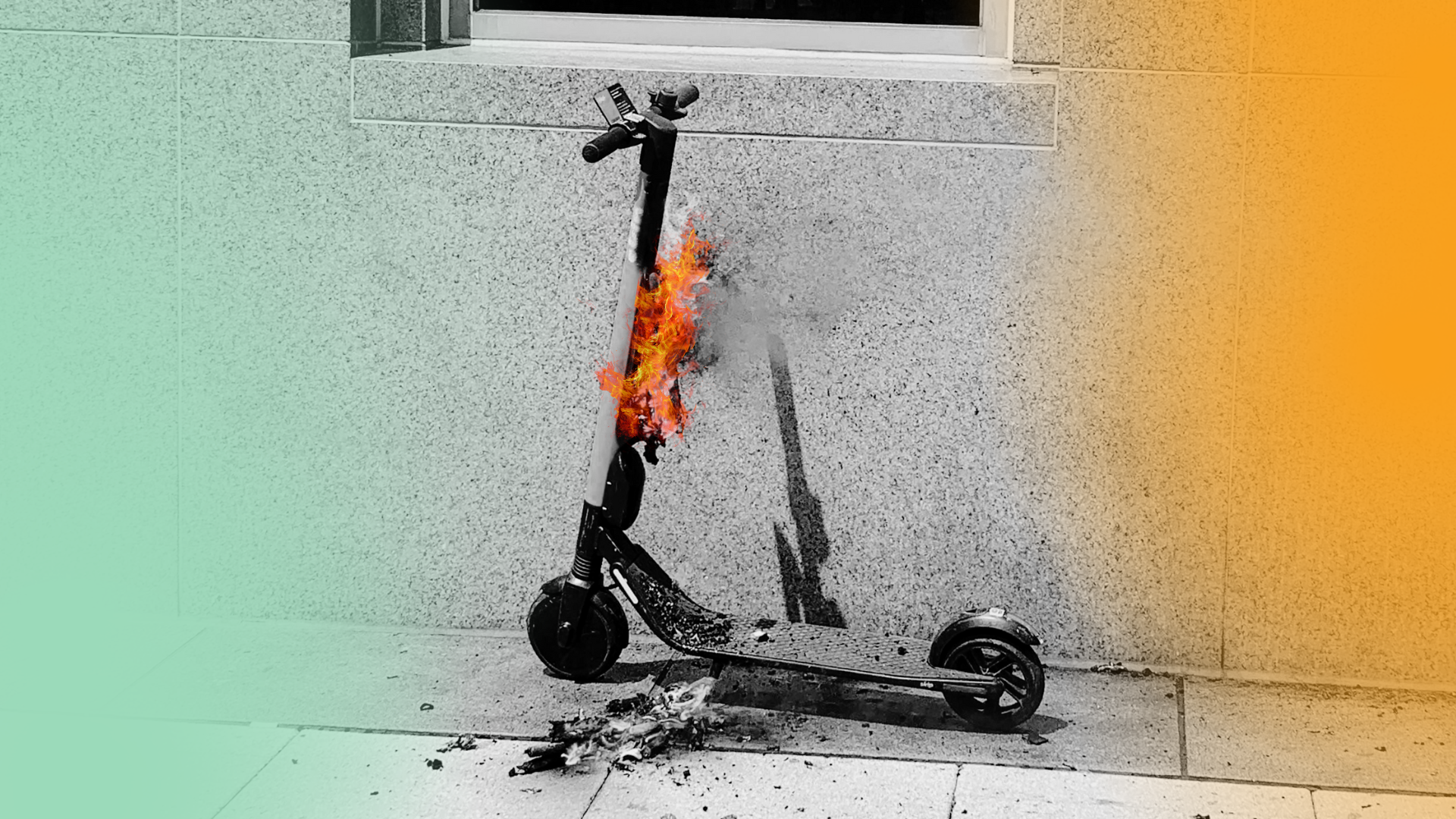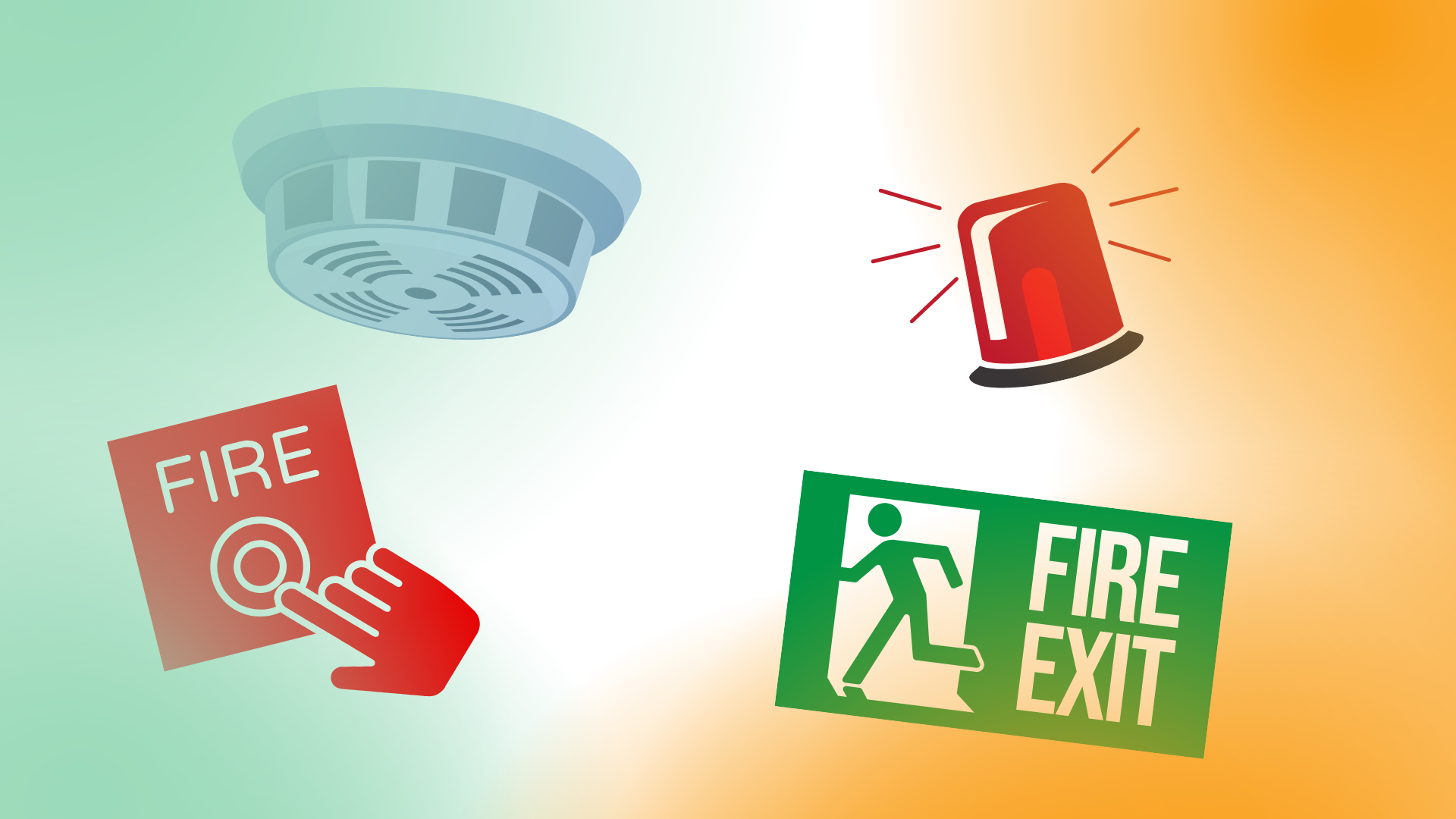Fire Risk: Common Issues
Avoid common issues and safe all year round

Reducing fire hazards is essential to the security of any building. Regrettably, numerous evaluations fall short in key areas that often are repeated from client to client. In this blog post, we will delve into some of the issues that we see reoccurring, as well as offering guidance on how to tackle these challenges.
Here are some common issues that often lead to failures, in fire risk assessments as outlined by government and fire safety sources;
Blocked or Inadequate Emergency Exits
A key problem is Exits that are obstructed, locked or insufficient in number. Emergency exits need to be easily accessible, clearly marked and free from obstructions at all times.
Issues with Fire Detection and Alarm Systems
Common problems include inadequate fire alarm systems, as well as a lack of regular testing and maintenance. A reliable fire alarm system Is needed for detection and alerting.
Lack of Firefighting Equipment
Another frequent issue is the presence of poorly maintained firefighting equipment like fire extinguishers. All premises need to have equipment that undergoes regular inspections and upkeep along with being correct for the risks present.
Incorrect Storage of Flammable Materials
Improper storage of materials can significantly heighten the risk of fires. Ensuring storage practices for items such as paper, wood and flammable liquids is vital.
Inadequate Staff Training and Fire Drills
Many employees lack training on fire safety protocols and regular fire drills are not consistently carried out. Training employees and conducting drills are essential, for being prepared in case of emergencies.
House Keeping
Messiness and neglecting to keep your surroundings tidy can increase the risk of fires and block escape routes. It is crucial to maintain a well-organized space.
Overlooking Vulnerable Individuals
Failing to consider the needs of people who may require assistance, such, as those with disabilities in an evacuation plan is an huge oversight.
Disregarding Regulations on Hazardous Materials
Not following the rules on how dangerous substances should be stored and handled can result in fire hazards. This includes compliance with regulations like the Substances and Explosive Atmospheres Regulations
Absence of a Thorough Fire Risk Evaluation
Neglecting to carry out comprehensive fire risk assessments or failing to update them can leave buildings at risk of fire incidents. Regular reviews and updates are essential to address risks.
These issues underscore the importance of planning, regular upkeep and compliance, with fire safety standards to safeguard both occupants and property.
Please find out more about our Fire Risk Assessment Services











